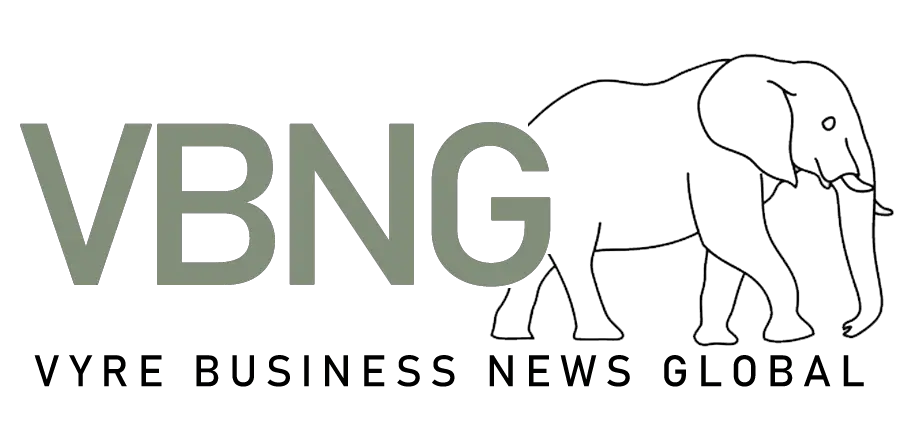The U.S. labor market in January 2025 saw a hiring slowdown, with signs that companies are acting as if a recession is on the horizon, even amidst strong wage growth and a dip in unemployment. Data from the Bureau of Labor Statistics (BLS) revealed the U.S. economy added 143,000 jobs in January, falling short of the projected 170,000, while the unemployment rate edged down to 4%.
Economists had estimated the unemployment rate would hold steady at 4.1%. Despite expectations that weather and wildfires might affect January’s report, BLS officials stated these events had “no discernible effect” on the data.
The report included significant data adjustments, offering more clarity on labor market trends and indicating weaker job growth in the past year than initially estimated. The latest benchmark revision showed 589,000 fewer jobs added in 2024, bringing the total to just under 2 million, or about 166,000 jobs per month, a pace similar to 2019.
Economist Cory Stahle from the Indeed Hiring Lab noted, “The foundation of the labor market remains incredibly sturdy… Revisions to the past year’s data may have rearranged a few rooms in the house, but they did not fundamentally change the structure”.
In January, the Health Care and Social Assistance sectors spearheaded job creation, contributing nearly half of the total gains with 66,000 new positions. The Retail sector also saw a significant increase in employment, adding 34,300 jobs. Government hiring at the federal, state, and local levels rose by 32,000. Wage growth continued its strong performance, climbing 0.5% since December, resulting in an annual growth rate of 4.1%.
Oliver Allen, senior U.S. economist at Pantheon Macroeconomics, pointed out that companies are hiring cautiously. The potential for economic shifts has increased with President Donald Trump’s policy changes related to trade, immigration, and federal employment.
The January employment figures indicate a cooling labor market, suggesting borrowing costs for consumers and businesses are likely to remain elevated. At its January meeting, the Federal Reserve maintained its benchmark rate, signaling no rush to cut rates due to a “quite good” U.S. economy with solid job gains.

